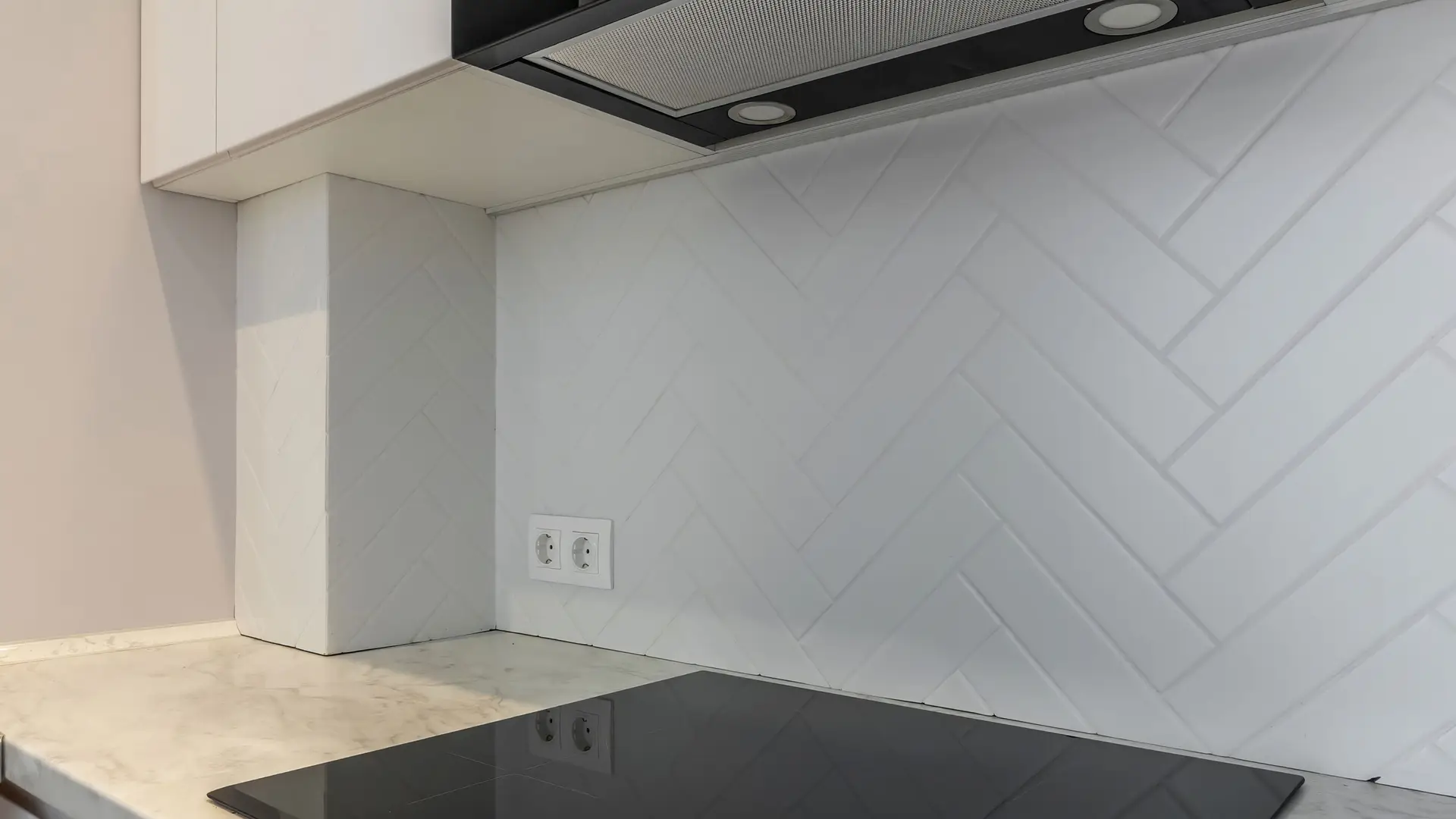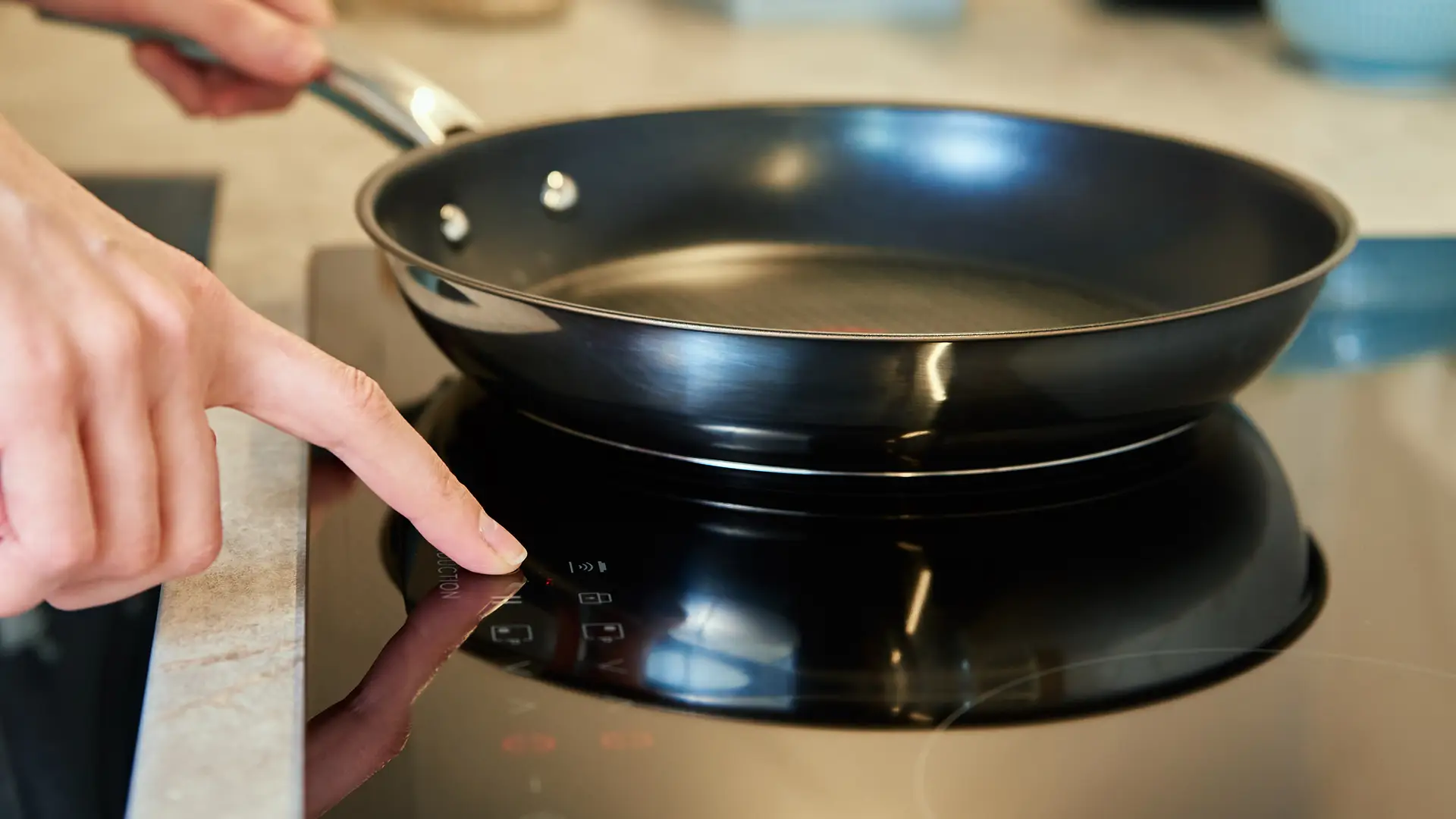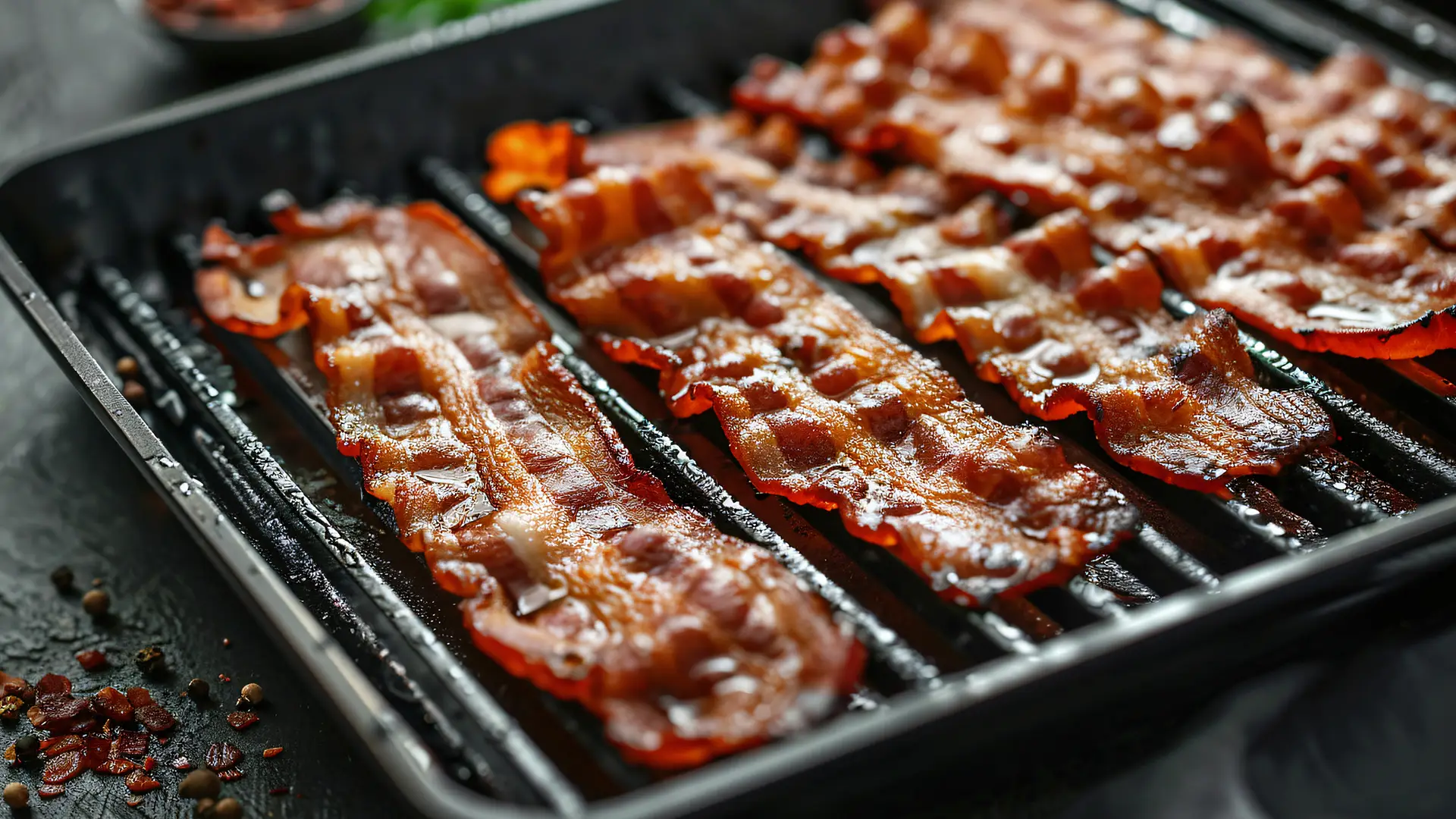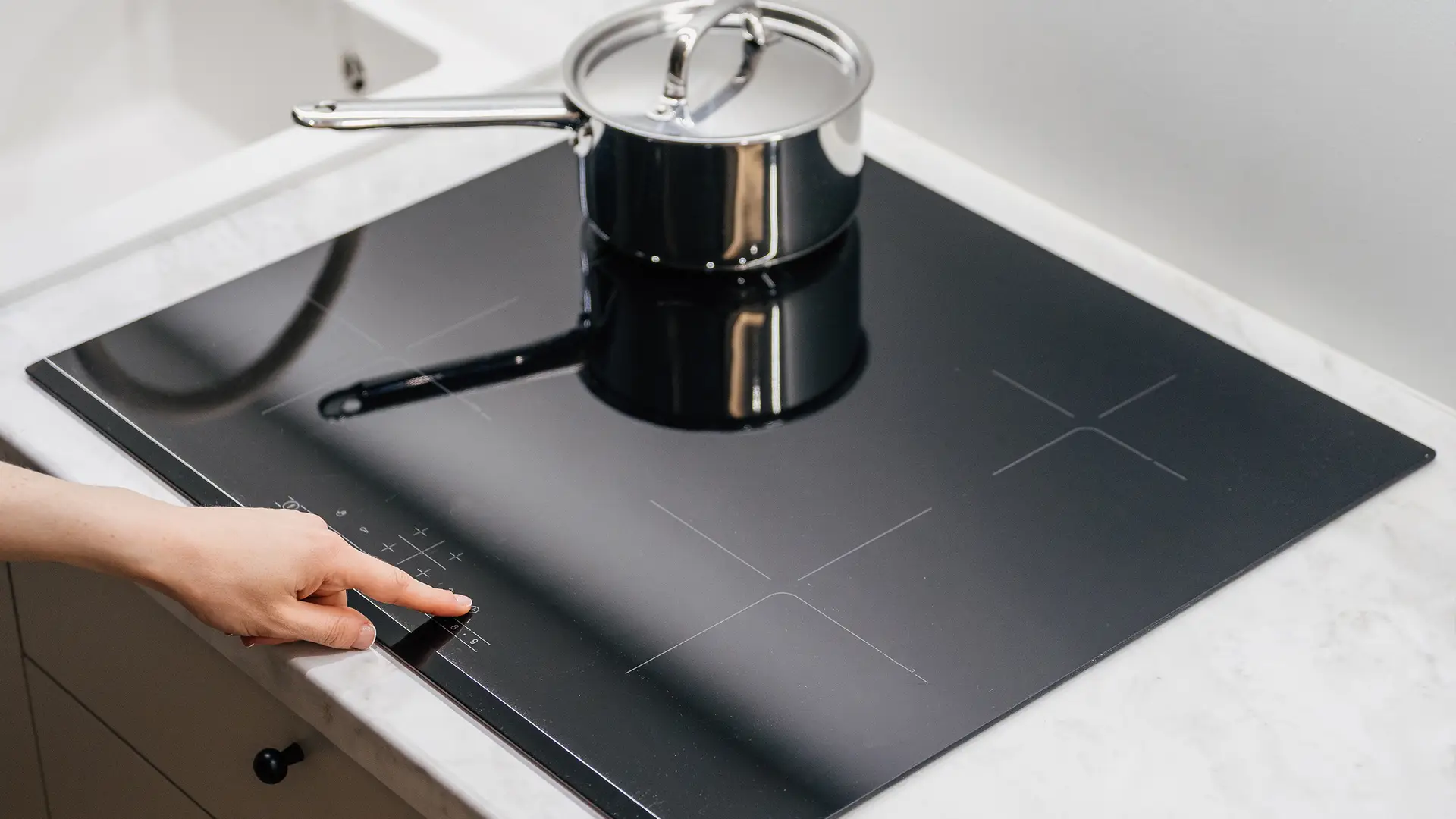Why Won’t My Hob Recognise the Pan?
If your induction hob isn’t recognising your pan, don’t panic — it’s one of the most common issues with modern hobs and usually simple to fix. Induction technology relies on magnetic contact between the hob surface and the cookware base, so if that connection fails, the hob can’t heat the pan.
1. Check if the Pan is Induction-Compatible
Induction hobs only work with pans that have a ferromagnetic baseA ferromagnetic base means the pan contains iron, which allows it to react to the magnetic field of the induction hob.. To test your cookware, hold a magnet to the base — if it sticks, it should work. Aluminium, copper, and glass pans without a magnetic layer won’t be detected.
2. Make Sure the Pan is the Right Size
Induction hobs have a minimum pan sizeEach cooking zone needs a pan large enough to activate its magnetic field — usually around 12–14cm depending on the zone size.. If your pan is too small for the cooking zone, the hob won’t register it.
3. Keep the Base Flat and Clean
Residue or warped bases can interrupt the connection. Ensure both the hob surface and pan base are clean, flat, and dry. Even small gaps can prevent proper heat transfer.
4. Centre the Pan Properly
Placing your pan slightly off-centre can stop the magnetic field from detecting it. Always position the pan directly over the marked cooking zone.
5. Check for Error Codes or Lock Settings
If none of the above work, your hob may display an error code or be in a child lockA safety feature that prevents accidental activation of the hob’s touch controls. mode. Check your user manual for troubleshooting steps or reset instructions.
6. When to Contact Support
If your hob still won’t recognise any pans, even ones you know are compatible, it could be a fault with the induction coilThe component beneath the glass surface that generates the magnetic field to heat the pan.. In that case, contact your manufacturer or a qualified technician for assistance.
Tip: Always check your hob’s manual for the minimum and maximum pan sizes recommended for each zone — using the right size ensures maximum efficiency and heat consistency.
- All Posts
- Cooker Hood Guides & Advice
- Dishwasher Guides & Advice
- General Appliance Guides & Advice
- Hob Guides & Advice
- Laundry Guides & Advice
- Microwave Guides & Advice
- Oven Guides & Advice
- Wine Cooler Guides & Advice

Discover when an induction hob needs a hood and when built-in extraction is enough. Keep your kitchen fresh and clean...

Find out what happens if you use the wrong pan on an induction hob, why it won’t heat up, and...

Master your oven’s grill and fan-grill settings for perfectly crisp, evenly cooked meals. Learn when and how to use each...
